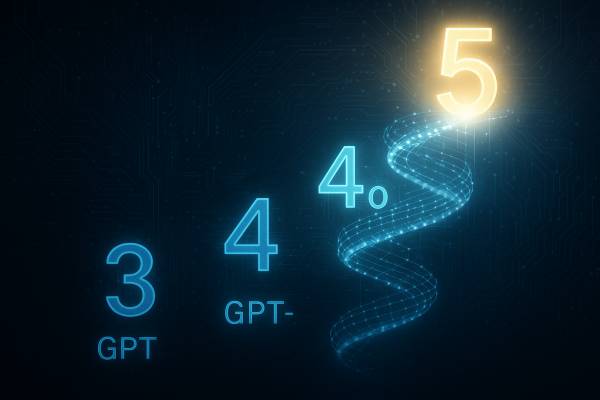At the 2025 WWDC conference, Apple unveiled watchOS 26, which expands the capabilities of the Apple Watch with a number of innovations. The new system has not only been visually updated, but also enriched with a number of features that make the watch more intuitive and personal to use. The goal is clearly to make the device not just a follower, but a true companion in everyday life.
The most striking change to the system is the introduction of the "Liquid Glass" design, which offers a new visual experience with transparent widgets, notifications, controls, and watch faces. The design combines elements of iOS and visionOS to provide a more unified user experience.

A new gesture has also been introduced: with a flick of the wrist – without touching the watch – you can turn off the alarm, reject a call or dismiss a notification. This "wave and forget" feature is available on Apple Watch Series 9 and later models.
The watch now also supports the Notes app, allowing you to quickly jot down notes, mark tasks, or record important information. The Live Listen feature helps users with expanded capabilities: real-time captioning and remote control functions can be particularly useful in noisy environments or for people with hearing impairments.
Sports activities are supported by a new feature called Workout Buddy, which acts as an AI-powered virtual trainer. The app provides feedback during workouts, motivates users, and provides performance-based evaluations. It is initially available in English and currently works with the most popular types of workouts. At the same time, the Workout app itself has been revamped, with quick access buttons added, and Apple Music recommends playlists tailored to the user's musical tastes and workout type.
There have also been innovations in the field of translation: if the user's iPhone supports the Apple IntelligenceMessages service, the watch automatically translates incoming messages and replies.
The Smart Stack feature has been expanded with context-sensitive suggestions. The watch now offers suggestions based on the user's location, time, or current activity, such as suggesting a workout at the usual time or offering the Backtrack feature when the signal is weak and you need to find your way back to a known point.

watchOS 26 will be available on all Apple Watches starting with the Series 6 model, including the second-generation SE and both Ultra models. However, features built on Apple Intelligence will only work with models starting with the iPhone 11, which support the necessary technology.
The new system clearly reflects Apple's ambition to make the Apple Watch not just a device, but a companion that adapts to the user's lifestyle, helps with navigation, supports movement, and makes everyday life smoother.

















